Saigon River ports plan how to stay afloat following new rules
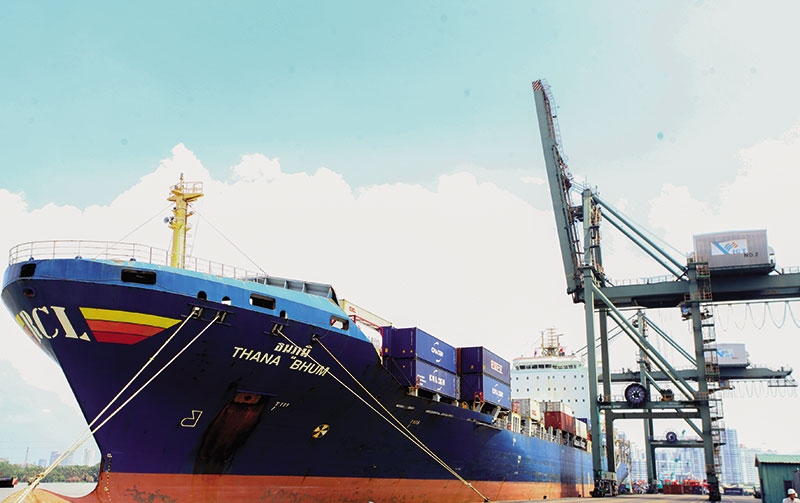 |
| VICT is not included on the list of ports to be removed by the Ministry of Transport until its land leasing licence expires in 2034 |
VIR’s Bich Ngoc asked Glenn Kong Wai Keong, general director of First Logistics Development Company, operator of one of the ports located along the Saigon River, about his point of view on the issue.
What is your view on Decision 3655, which will remove some ports and change others’ functions?
 |
| Glenn Kong Wai Keong |
I understand that the relocation of river ports into areas close to the sea coast to compensate for the lack of channels and passages is part of the government’s seaport master plan. The relocation of ports to the areas of Cai Mep-Thi Vai and Hiep Phuoc means not only the construction of new terminals, but also requires building supporting infrastructure including roads, highways, bridges, as well as inland cargo receiving and delivering points.
Therefore, I think that some ports located in the city will remain relevant, corresponding to the state of the supporting infrastructure. When the infrastructure becomes more developed, I expect more ports will be located away from the city.
Why do you think this will happen?
I believe that the question of which ports in the city will be relocated first will depend on land use rights, licensing, and the assessment of its economic values and any conflicts it generates.
In the short term, the relocation of some of the city ports will create some port service supply shortages.
Shipping lines choosing to deploy their vessels in, say, Cai Mep-Thi Vai may have to bear higher costs of inland connectivity and first-mile/last-mile logistic bottlenecks due to the lack of inland cargo receiving and delivering points. They may then have to pass on the added cost to the exporters and importers or shift the responsibility of resolving any inland connectivity challenges to their customers, until the supporting infrastructure can catch up with the relocation.
During these stages of development and improvement, some city ports should still remain active and relevant. The aspiration for our port, the Vietnam International Container Terminal (VICT), is to continue striving for this relevancy and continue to contribute to southern Vietnam’s economic and containerised trade growth, at least until 2034, when our licence expires.
Tell us more about your port VICT.
First Logistics Development (JV) Company is an international joint venture between MitOrient – an investment arm of CMA-CGM Group with headquarters in Marseille in France and Japan’s Mitsui and Company, as well as Vietnam’s Southern Waterborne Transport Corporation. The company operates VICT, a port which occupies around 11 per cent of the total volume of Ho Chi Minh City’s port system.
Since it was put in operation in 1998, the port has processed more than 15,500 vessels, amounting to more than 7.6 million twenty-foot equivalent units of cargo.
The container port operated by First Logistics Development (JV) Company is not included on the list of ports to be removed by the Ministry of Transport until its land leasing licence expires in 2034.
What do you think about the potential of logistics demand for the ports in the region?
Ho Chi Minh City and Binh Duong continue to receive the biggest investments by provinces in southern Vietnam in term of registered capital, in the first quarter of this year. Investment in manufacturing and processing, which is directly beneficial to the port, shipping, and logistics industries, makes up close to 60 per cent of this total investment. All these exciting developments shall
propel First Logistics Development (JV) Company to continue the hard work to become our customers’ first choice of port operator.
What the stars mean:
★ Poor ★ ★ Promising ★★★ Good ★★★★ Very good ★★★★★ Exceptional
 Tag:
Tag:
Related Contents
Latest News
More News
- Industrial parks within Vietnam keen on Taiwanese investment (April 17, 2024 | 23:00)
- Vietnam can emulate Taiwanese high-tech success (April 17, 2024 | 21:00)
- Capital influx from Taiwan builds up steam in Vietnam (April 17, 2024 | 19:00)
- Chip industry taking on new players (April 17, 2024 | 16:38)
- Support rises in semiconductor chip development in Vietnam (April 17, 2024 | 16:00)
- Beacon Investment Fund to expand Lotus Group's F&B operations (April 17, 2024 | 11:09)
- Public investment progress requires a stronger thrust (April 17, 2024 | 09:21)
- Disbursement delay deemed unacceptable (April 17, 2024 | 09:13)
- Lack of sand prompts alternatives for traffic projects (April 17, 2024 | 08:00)
- Vietnam asks Apple to make it global production base (April 16, 2024 | 16:11)


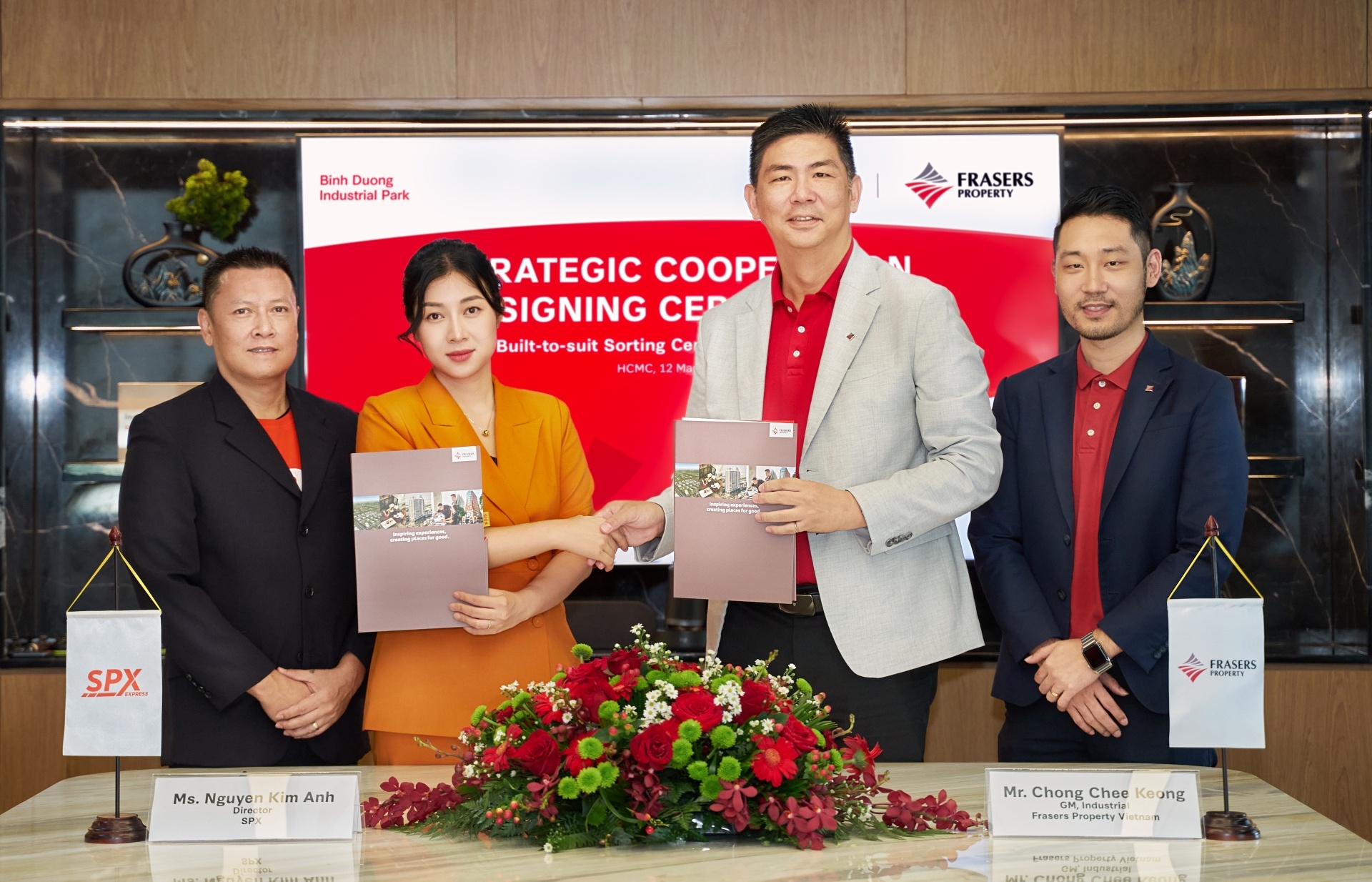
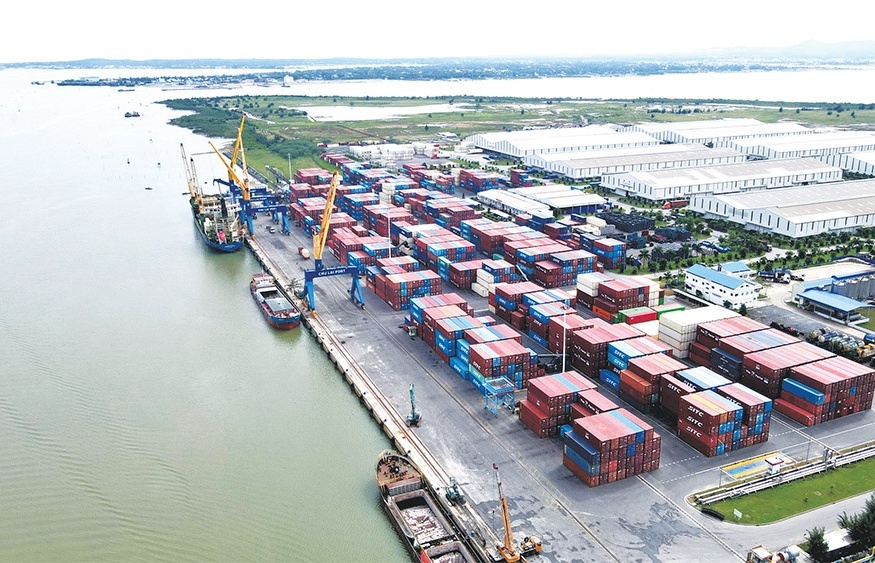
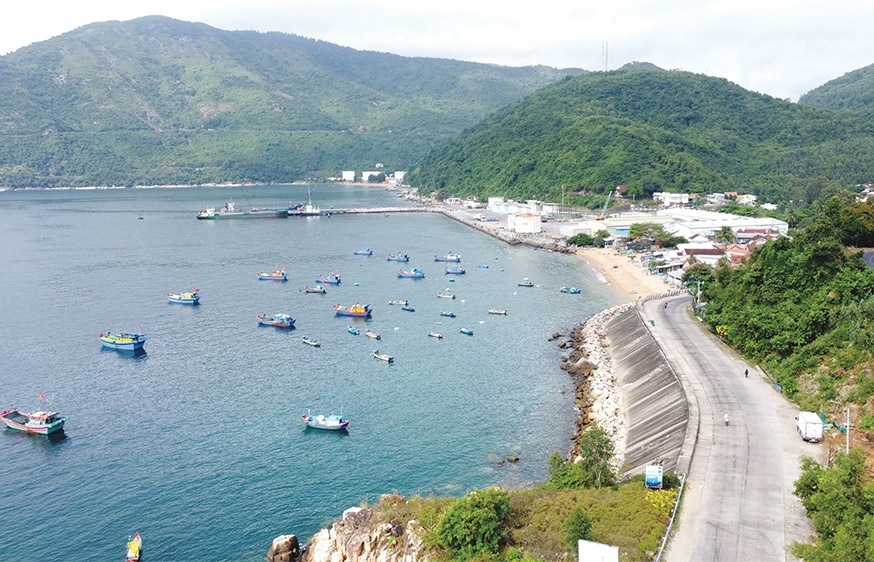

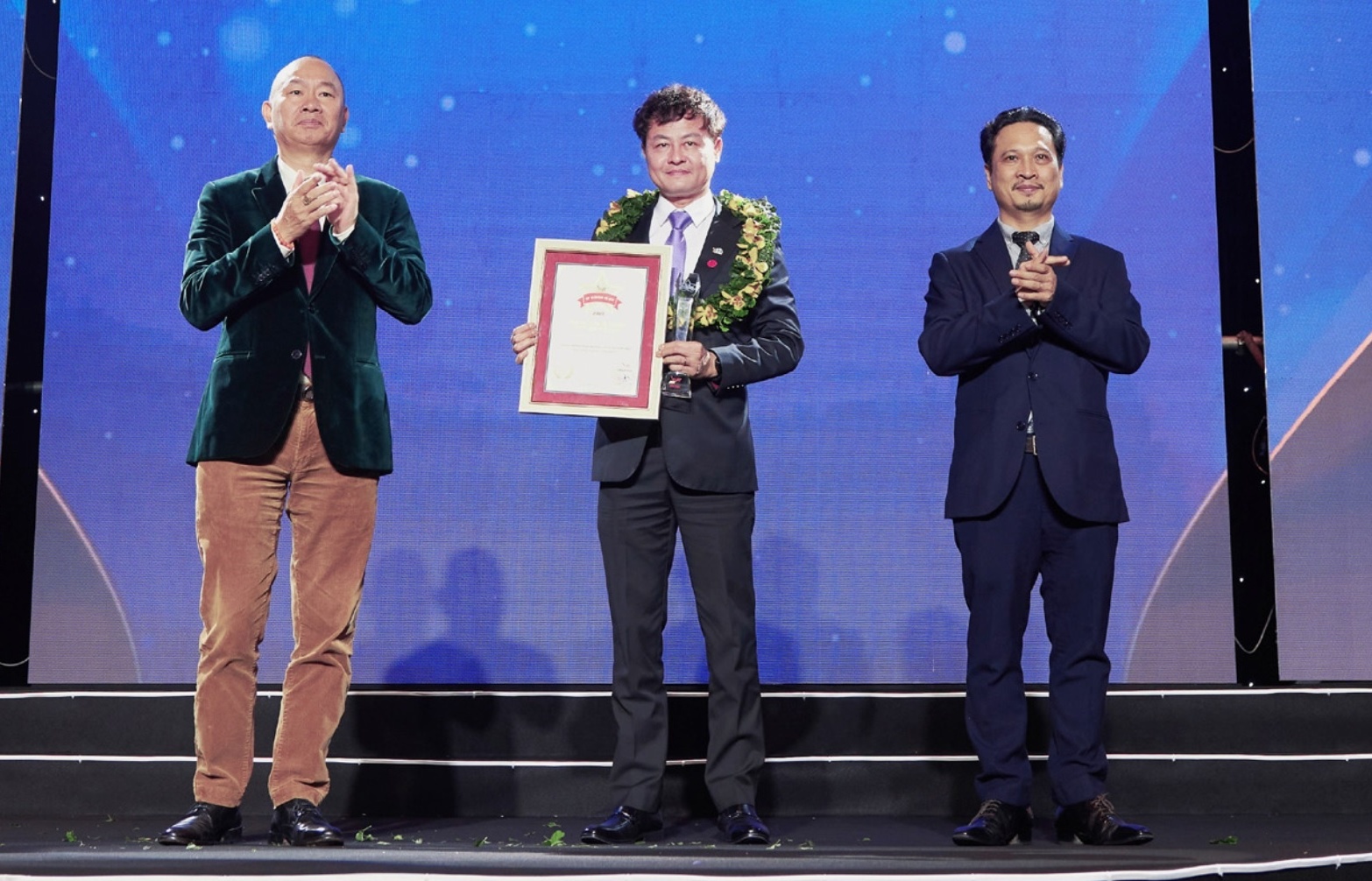

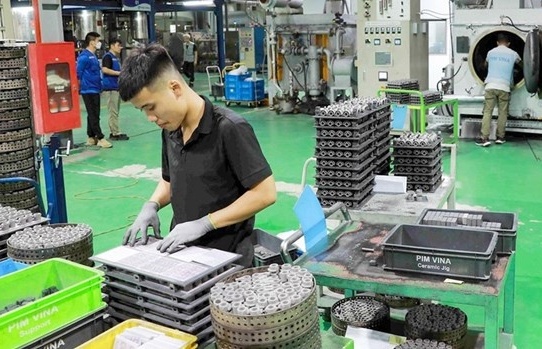
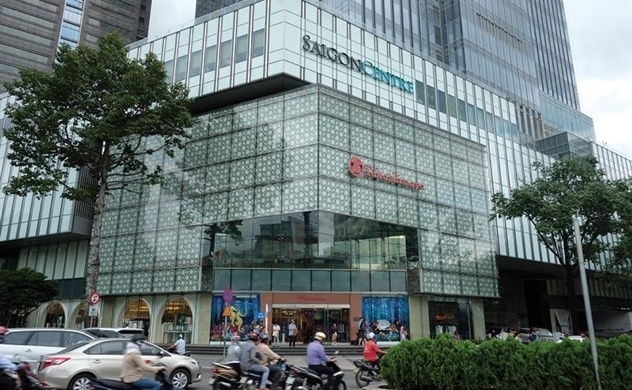
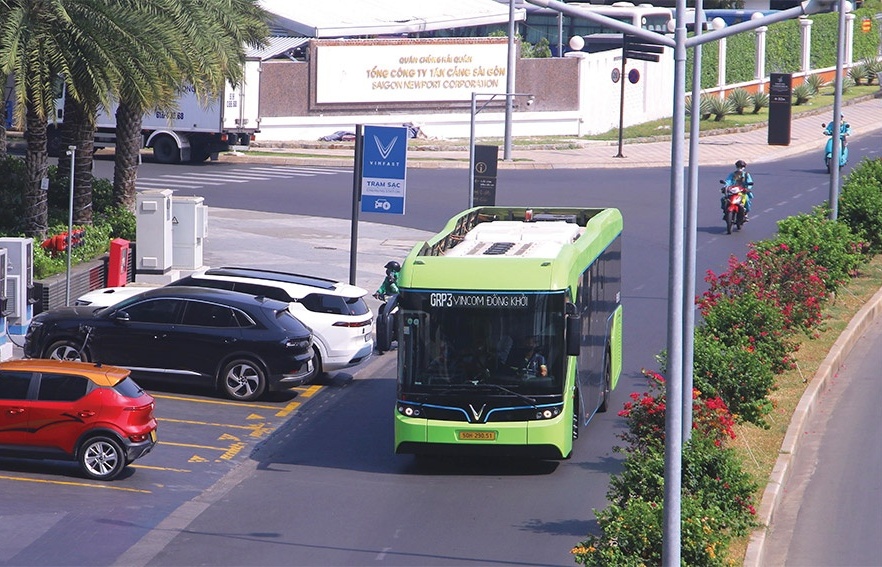

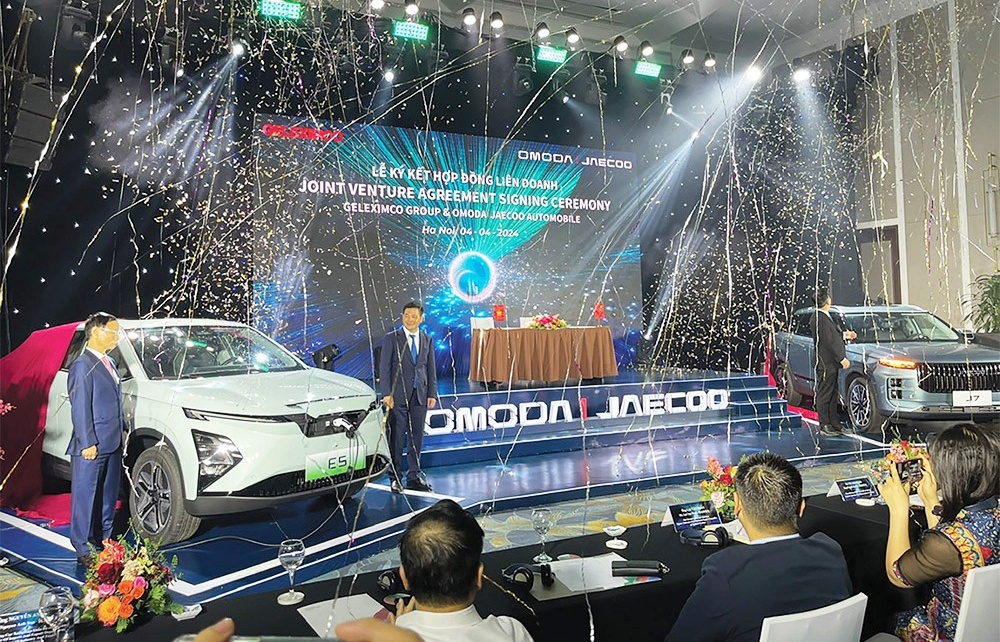








 Mobile Version
Mobile Version